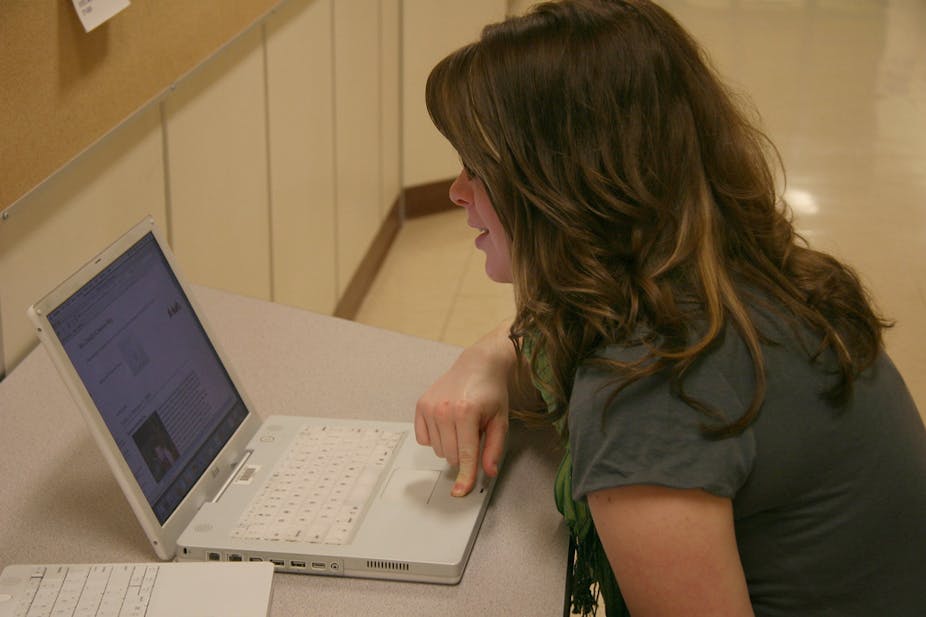On R U OK? Day this year, this website turned the spotlight on services that help and support people who are not okay – in particular on challenges that organisations such as Lifeline experience in meeting increasing demand with finite human and financial resources.
Meeting the demand for mental health problems is not a new challenge. Nor is it one that shows any sign of easing in the near future. As we reduce the stigma related to mental illness and improve help-seeking in the community, demand for mental health services will most likely grow.
Clearly, we need to increase investment in mental health services. But more money is just part of the answer – we also need to be more creative about how we deliver services.
Australian governments may never have the necessary funds at their disposal to ensure that a telephone counsellor, psychologist, psychiatrist or other mental health professional is available for every person in every part of the country, whenever one is required. So we need to look at innovative solutions that are effective, equitable, and cost-effective.
Information technology offers one way of delivering these services. The Inspire Foundation’s experience in delivering ReachOut.com – a national web-based mental health service for young people – shows that an effective solution is to harness the potential of new and emerging technologies. This program has been running for 15 years.
Last year, the website helped over 650,000 young Australians, at a cost of around $11.50 per person. Many of these young people accessed ReachOut.com on multiple occasions – with over five million page views in that same year.
One of the advantages of online services is that they are able to meet huge demand at any time from anywhere, and at little cost. This makes them an ideal complement to face-to-face mental health services. Technology-based services offer the additional benefit of anonymity and 24-hour availability, making them a comfortable, safe and easy support option – especially for young people.
As more people around Australia are able to access high speed broadband, further opportunities will emerge to develop and deliver novel services that can reach and engage large numbers of people at low cost. Many organisations are beginning to think about the implications of these developments.
And the Young and Well CRC will work over the next five years to deliver the necessary research and development to further exploit the potential of technology to meet Australia’s mental health challenges.
Online services should not replace more traditional forms of service delivery, be they face-to-face or via telephone. The research clearly shows that the development of a real-time therapeutic alliance between a client and therapist remains the most powerful strategy for change.
But online information services and technology-based therapeutic interventions can act as important adjuncts to care. Where such services are routinely integrated into the wider mental health system, they will relieve pressure on traditional services by enabling people to help themselves, help each other and access professional support in between or while waiting for access to other services. And this can only help.

